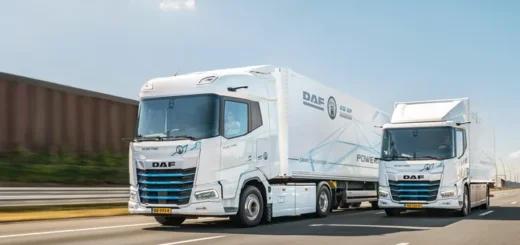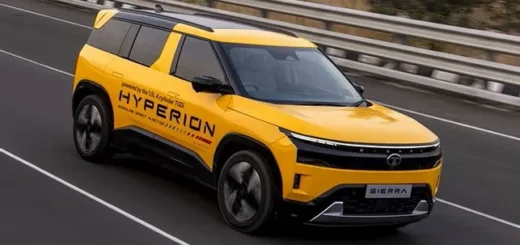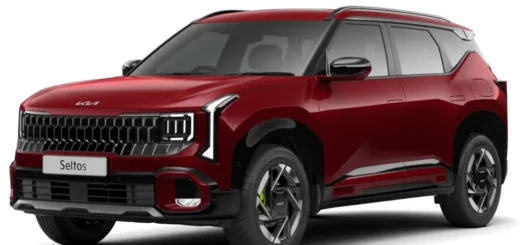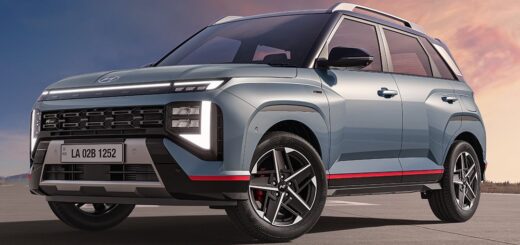Nissan’s Roadmap For Zero-Emission Autonomous Driving
Nissan has recently began testing its first zero-emission, autonomous car prototype with intelligent features that will be introduced in different stages.
The two prodigious ‘mega’ trends of the twenty-first century automobile industry is electrification and automation. Although not in a big way, the industry is apparently moving towards the ideals of sustainable mobility thanks to increased awareness among all the stakeholders on environmental impacts and road safety of cars.
Nissan, in addition to its highway-capable pure-electric powertrain technology, is developing an advanced vehicle intelligence technology called “Nissan Intelligent Driving” that combines the two futuristic visions of “Zero Emission” and “Zero Fatality”.

Intelligent Driving tech will evolve through three different stages in five years
The prototype vehicle currently on test is essentially a all-electric Leaf hatchback equipped with various vehicle intelligence features including cameras, laser scanners, a millimeter wave radar, high-speed computer chips, and a specialized HMI (Human Machine Interface). Working together in tandem, these features help allow the car to operate in an autonomous manner, both on highways and in urban conditions. The driver’s task, in the technology’s final stages of development, is reduced to mere setting up of destination points in the navigation system.
Just as how Nissan is improving the electric-drive capabilities of its Leaf hatch with every model year updates since its inception in 2010, the ‘Intelligent Driving’ technology will be offered in three stages of development in a period of five years from now.
Initially, the company is planning to offer “Piloted Drive 1.0″ by the end of next year in Japan, which allows for piloted driving under heavy highway traffic situations. By 2018, Nissan hopes to upgrade the technology to enable multiple lane autonomous drive that can switch lanes on highways safely on its own. And by 2020, the technology is scheduled to reach a stage where the cars can successfully manage city roads- even at intersections – on its own.
To realise the aforesaid autonomous drive in highly challenging city conditions, Nissan has come up with two distinctive technologies. The first is the miniature, high-spec laser scanner that calculates the distance between the car and its surroundings by three-dimensional measurement that enables the car to wade through in tight spaces. The other is an 8-way, 360-degree view camera system for accurate routing decisions at road intersections and sharp curving roads.

Nissan uses laser scanners and 360-degree camera for autonomous drive in city traffic
The Nissan Leaf, currently sold in 46 countries, is one of the all-time best pure-electric car one can buy today. The 2016 model year Leaf is powered by a 30 kWh battery that gives a whooping driving range of 172 km on a full battery charge with out any exhaust emissions.
Photo Credit: Nissan








